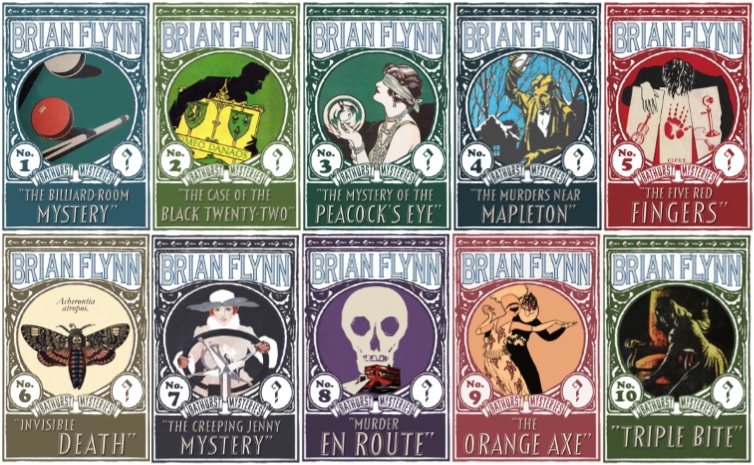London, April 1360 and Adele Puddlicot, daughter of Richard Puddlicot, the thief who stole the crown jewels, is buried alive in St Erconwald’s cemetery by a jury of her peers. Her crime? Multiple murders involving skinning her victims, the same fate dealt to her father when he was executed for his crime.
Fast forward to November 1381 and London is still in the shadow of the Great Revolt, and death is all around. Two pardoned members of the Upright Men are found hanged, locked inside their chambers at the local hostelry. Benedictine monks at Westminster Abbey are dying one by one, poisoned despite the brothers currently fasting as Advent approaches. The alleys of London are once again being stalked by someone with a predilection for skin – the so-called Flayer. Brother Athelstan and Coroner Sir John Cranston are about to make a very powerful enemy, and not everybody is going to make it out alive…
I was going to re-review my recent re-read of By Murder’s Bright Light, the fourth Brother Athelstan mystery, recently re-released by Canelo Books, but as luck would have it, a review e-copy of the latest (and twentieth) Brother Athelstan came my way, and there are certain things that I just can’t ignore – a new Paul Doherty novel is one of them.
It opens in a suitable dark prologue, with the tale of Alice Puddlicot, and the betrayal that leads to her downfall, and there’s a pretty dark tone throughout this book. The Flayer is a more sinister villain than Athelstan usually encounters, someone who kills just for fun, and Athelstan’s reaction to dealing with this, in particular his anger when finally confronting the fiend is very effective and makes for an enthralling climax. Well, one of the climaxes. The idea of multiple plots in Paul’s work is a common one, but it’s rare that the three stories are all so… well, they all could work as the primary plot. There’s no subplot concerning missing pussycats here, it’s three straight-up murder mysteries. There’s an interesting way of linking them as well, with an overlapping group of suspects for the crimes. So it’s a case of who did what and is linked to what.
This is a very effective tale, working well as a standalone, but there are several moments where long-term readers will be genuinely surprised. I counted at least two genuine shocks (and a very cheap fake-out that admittedly only lasts for a sentence) and as for the ending… well, I’ve been wondering where the series was going to go following the Great Revolt in the appropriately named The Great Revolt, as it had felt a little like it was treading water once the Peasant’s Revolt happened. Well, that’s no longer the case – I have a feeling that things are about to get very interesting for our dear friar in the future.
Yes, it’s no surprise that I liked this book – I love this series as regular readers of the blog know – and this is an outstanding entry in the series.
The Stone of Destiny is out on December 31st in the UK in hardback and ebook from Severn House. In the meantime, the first fourteen books, up to The Book Of Fires have now been re-released by Canelo on ebook, so you can pass the time with those until this one comes out.

